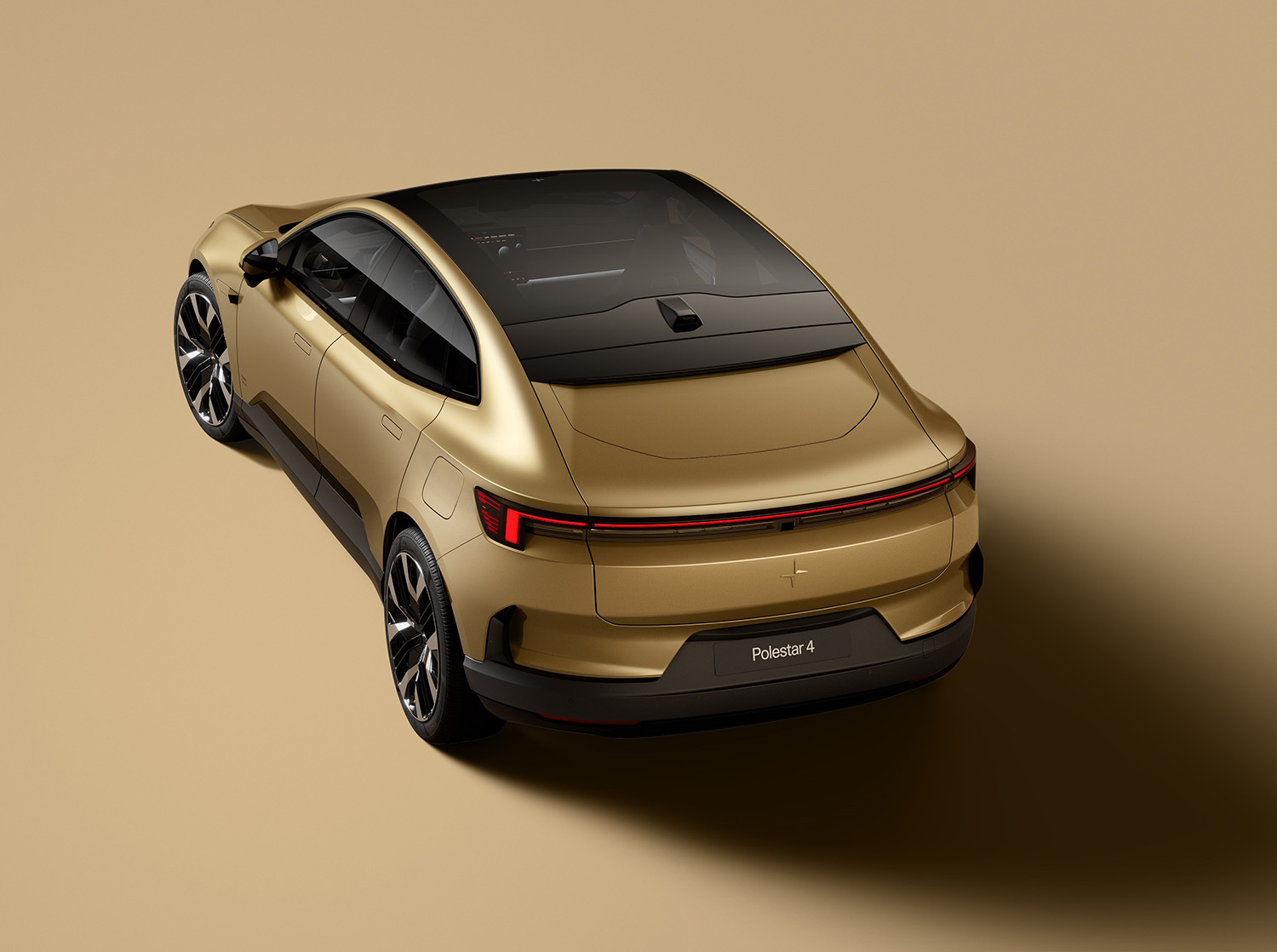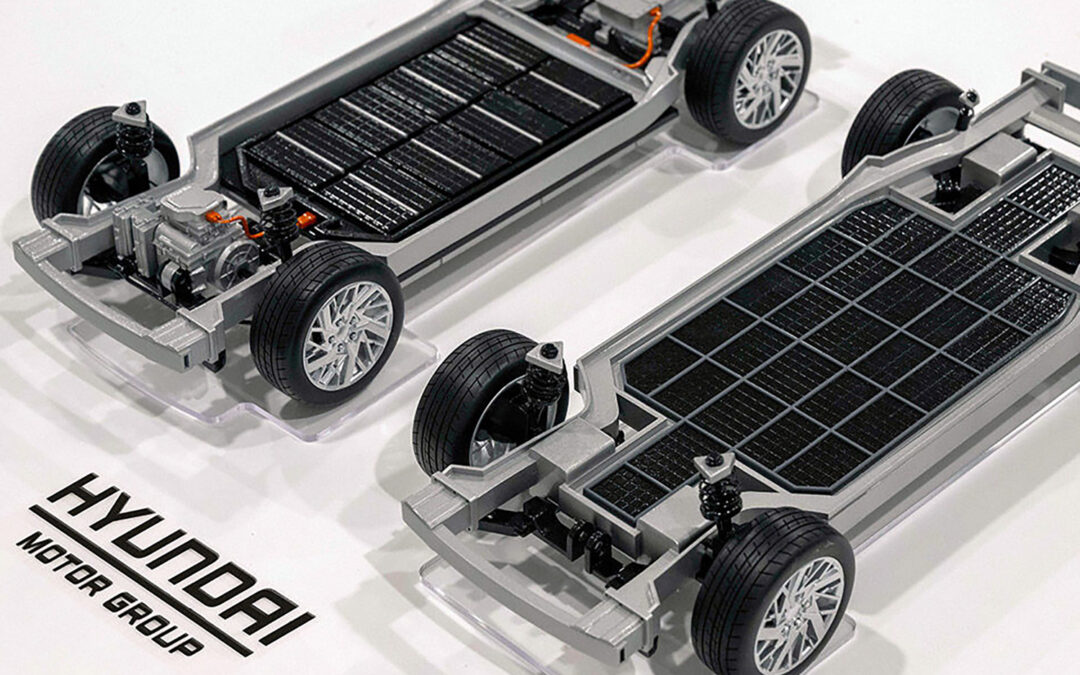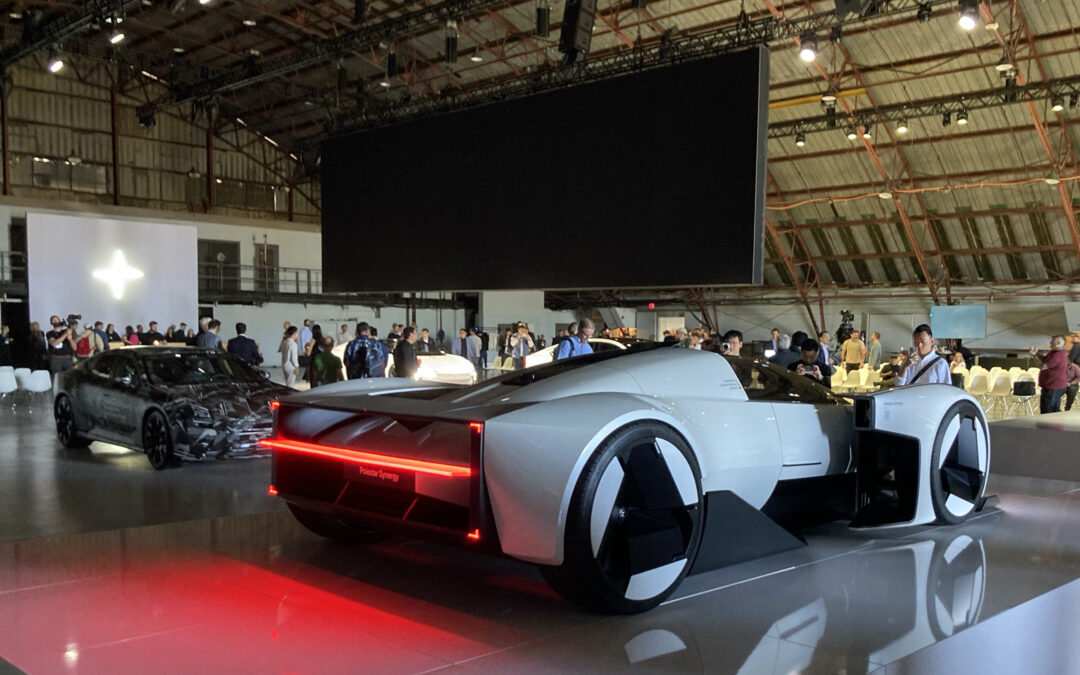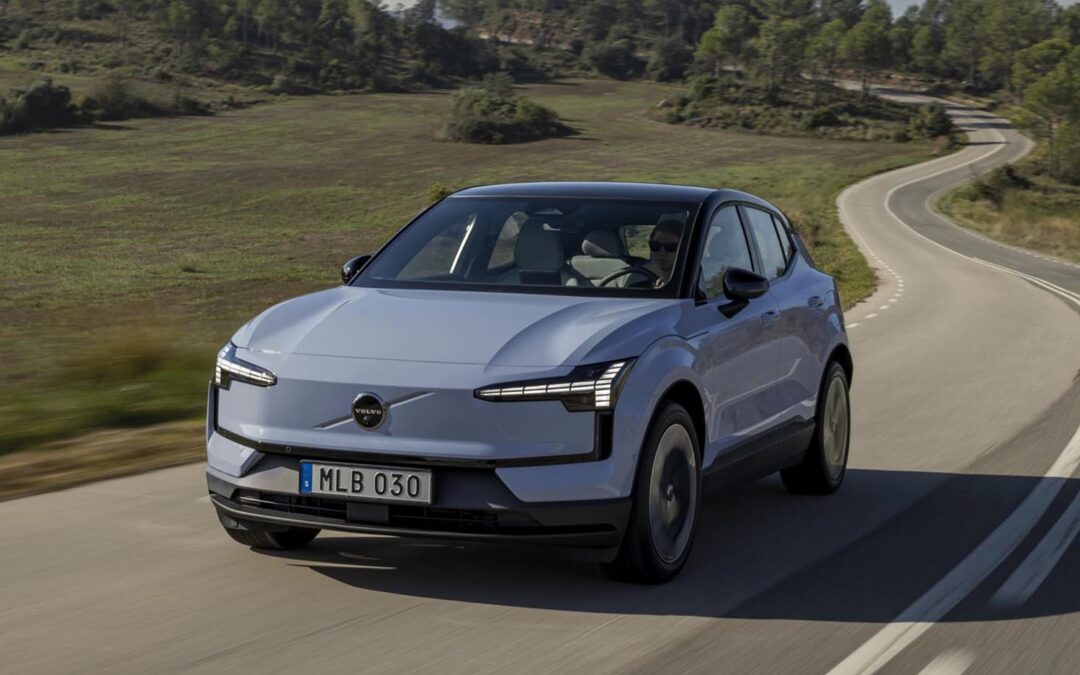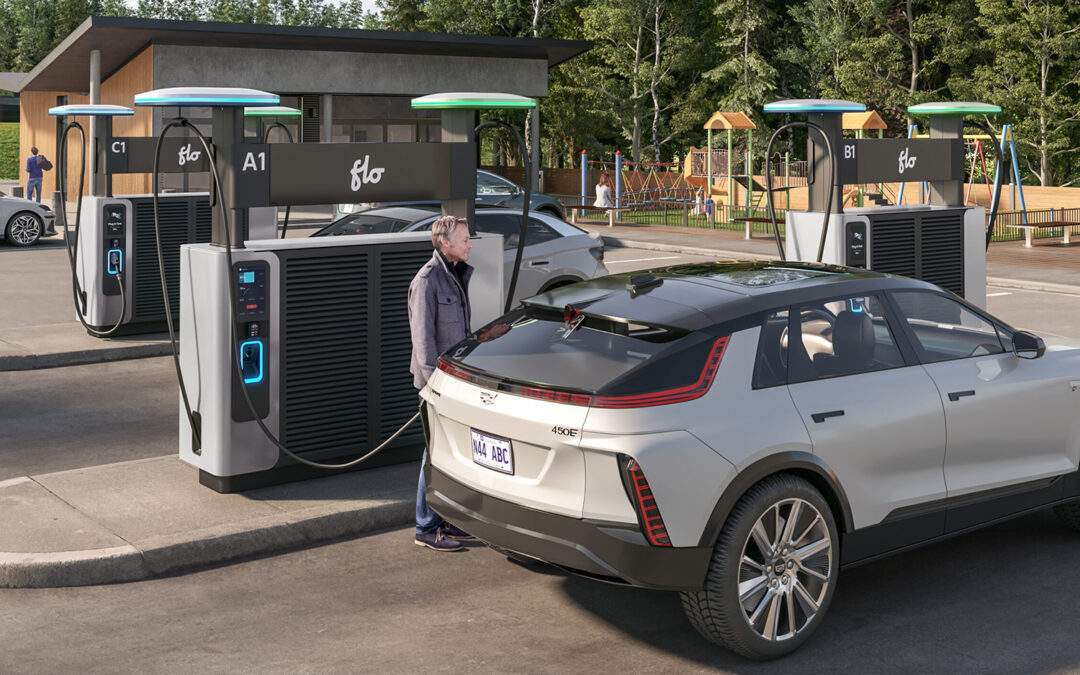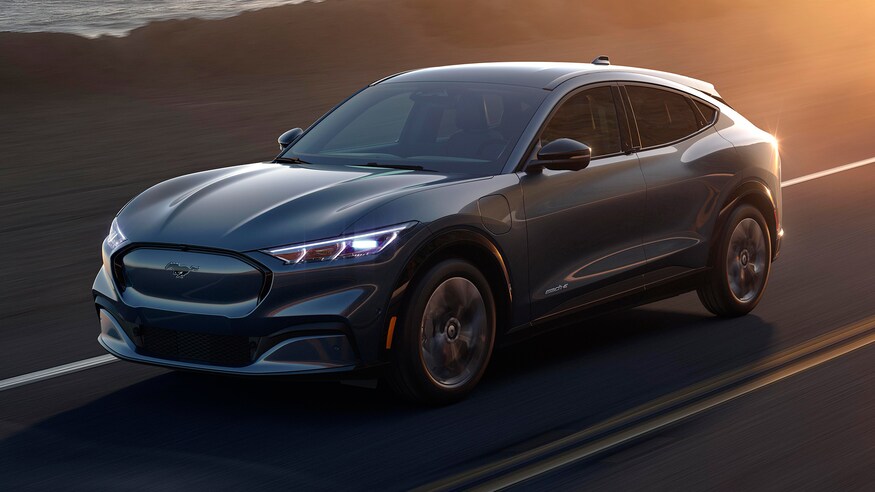Polestar claims its new Polestar 4 – the fastest production model from the brand to-date – is said to offer a “fundamental new approach to SUV coupé design.” And does so by eliminating the rear window in its entirety.
Previewed with a teaser image last week, the Polestar 4 is the third production model from the premium electric Swedish brand and the second SUV on its lineup. Following an initial launch in China this November, the Polestar 4 is scheduled to arrive in Europe and North America from early 2024 onwards. While an exact timeline for the US / Canada will have to wait until then, Polestar has confirmed that “indicative launch” prices in the US start from US$60,000 (around $80,600).
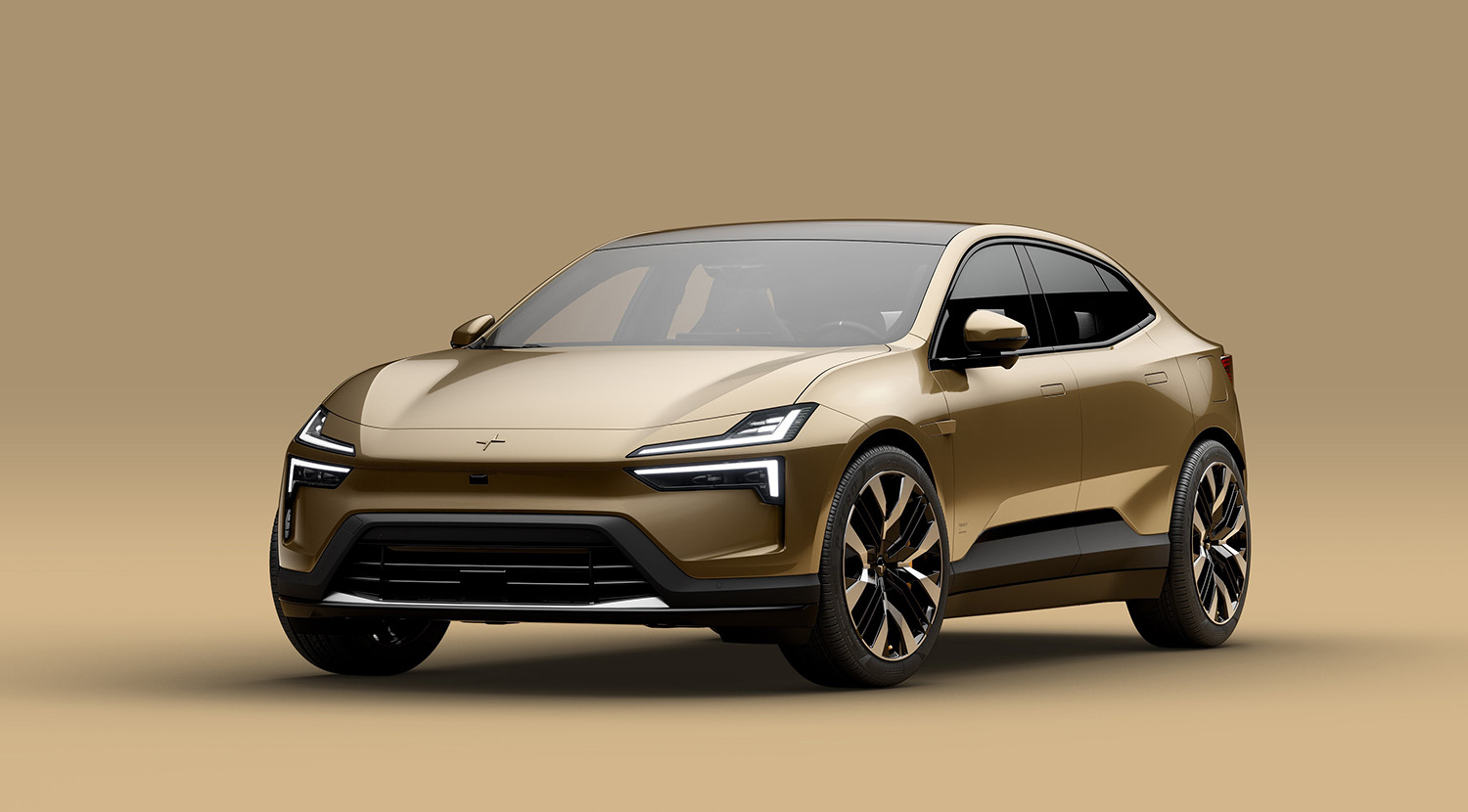
Polestar 4
This slots the Polestar 4 “in terms of size and price” between the $55K-ish Polestar 2 crossover and the larger, $98K-ish Polestar 3 SUV, in maddening non-numerical fashion.
Still, the neurotic amongst us are (hopefully) placated by news that the Polestar 4 will be available in both rear-wheel drive single motor and all-wheel dual-motor configurations. Long Range versions of each will be equipped with a 102 kWh battery pack, with the Long Range Dual version dubbed “the fastest Polestar production car to date,” producing as it does 544 hp and 506 lb-ft of torque. This eclipses the 517 hp produced by the Long Range dual motor (with performance pack) Polestar 3, and also allows the 4 to hit 100 km/h from standstill in a handy 3.8 seconds, but can’t match the latter’s 671 lb-ft output.
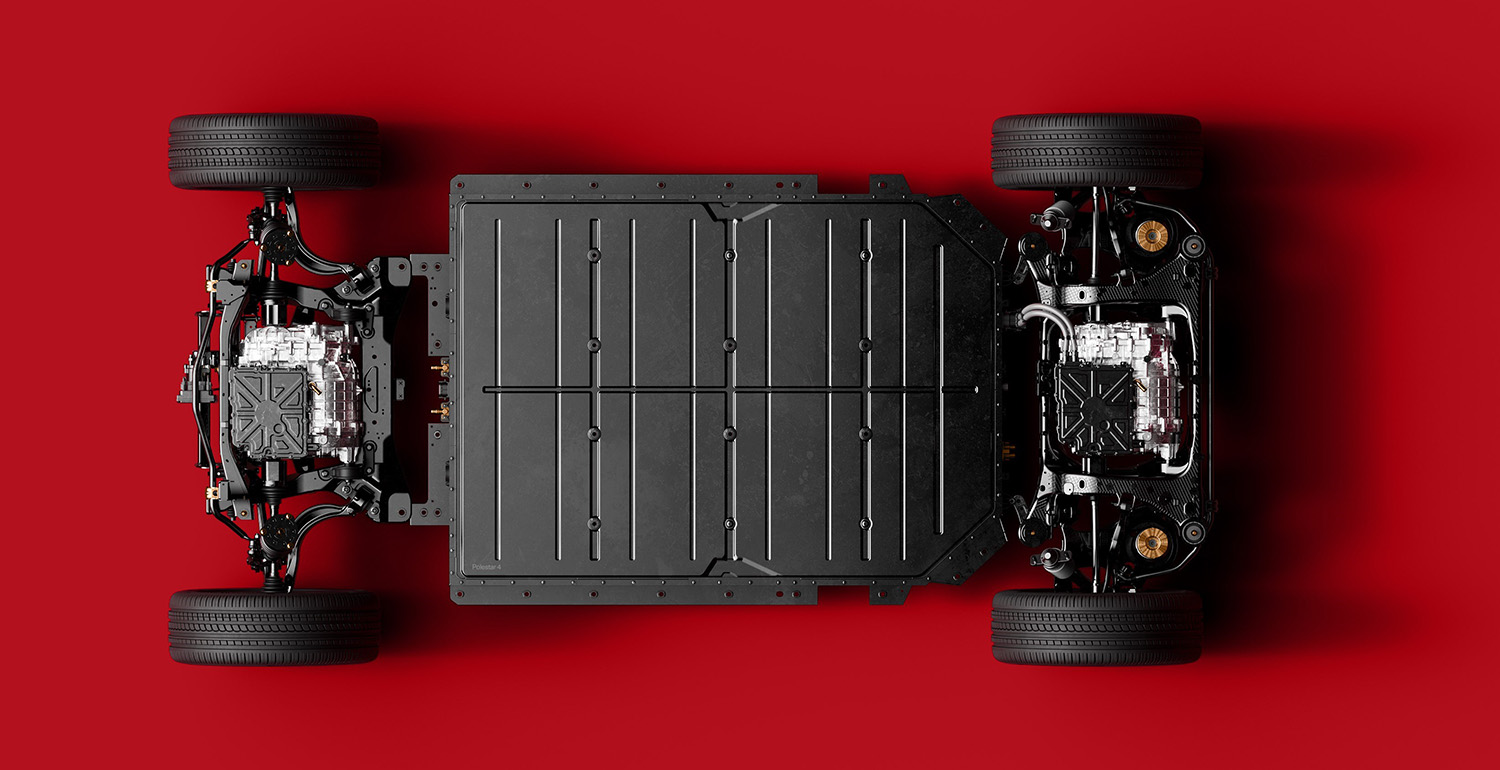
Polestar 4
Unsurprisingly, the performance does make a dent on the, nevertheless, admirable 560 km estimated electric range, a figure that is bumped “up to 600 km” on the Long Range Single motor Polestar 4, which produces a more modest 272 hp and 253 lb-ft of torque. In an effort to improve the preliminary range though, the front motor can be disconnected on AWD models to maximize battery efficiency.
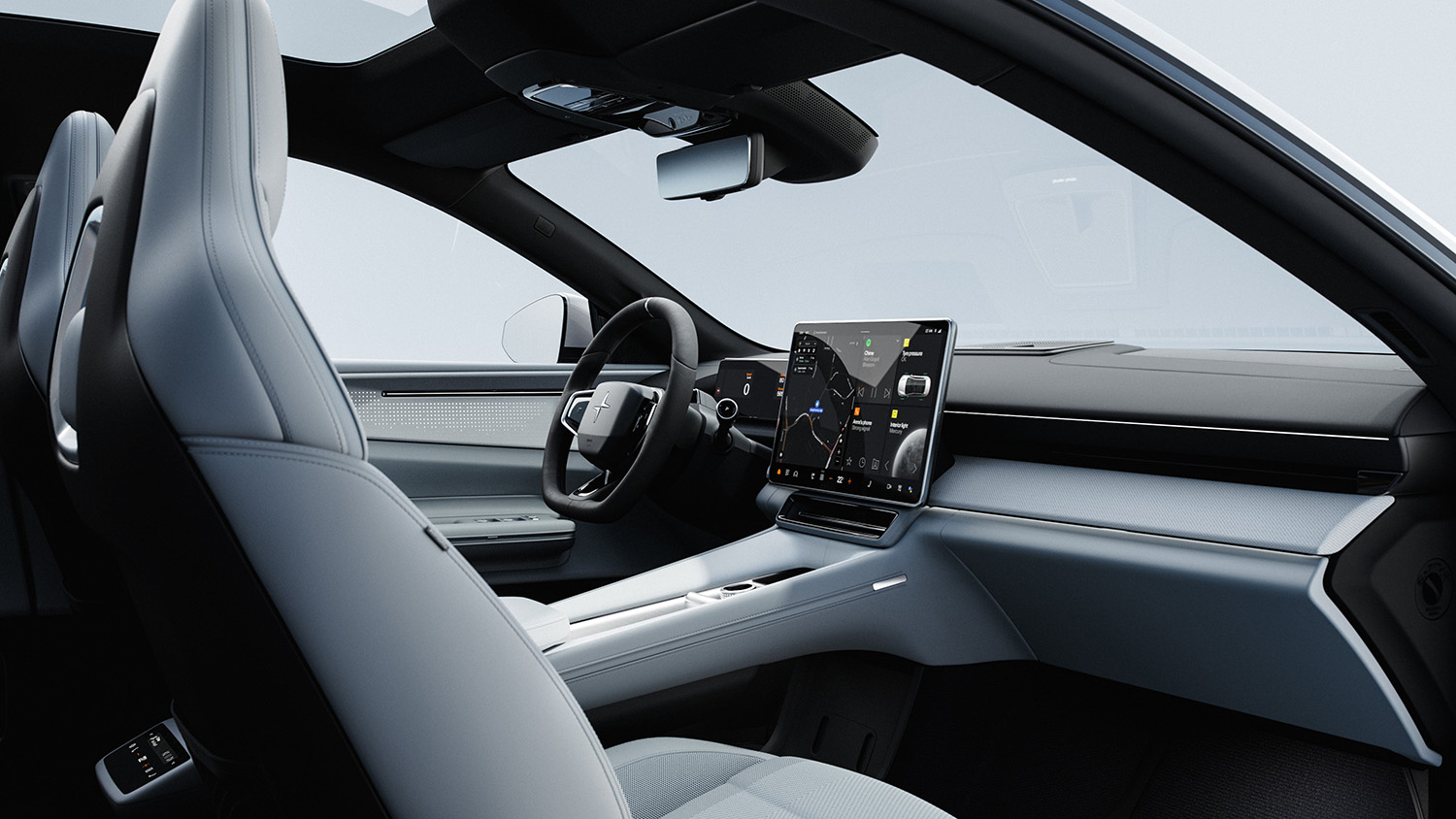
Up to 200 kW of DC charging capability is also available – no estimates yet on how long topping that 102 kWh battery will take, with Polestar also offering bi-directional vehicle-to-load (V2L) charging from launch as well.
Arguably the biggest talking point on the ‘4’ however is the design, at the centre of which was a desire neither to “modify an existing SUV” nor “compromise[e] elements such as rear headroom and comfort. Consequently, Polestar has taken the bold approach to remove the rear window altogether, replacing both this and the rearview mirror with a roof-mounted camera and a high-definition screen, a combination said to offer “a far wider field of view than what can be experienced in most modern cars.” The latter can also be adjusted by parents to check on children in the back seats.
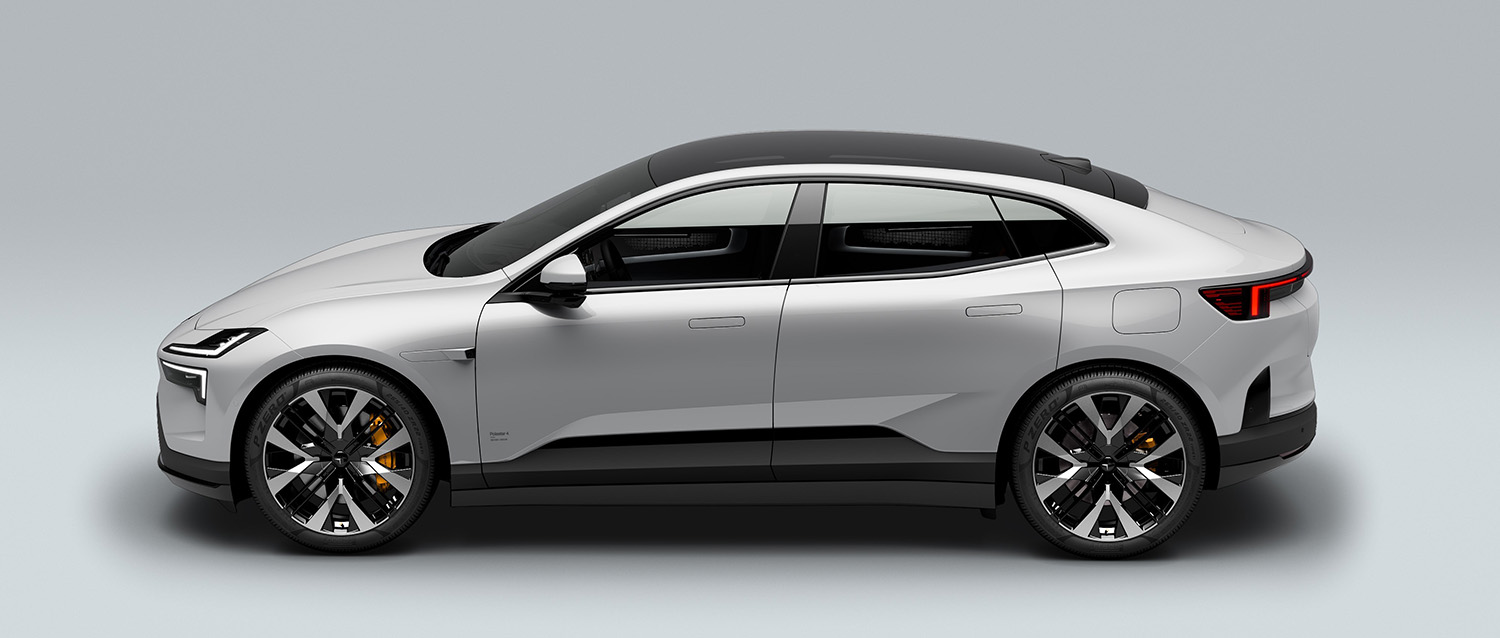
Polestar 4
It’s a decision that’s left many wondering what the fallback is should the camera and/or screen fail, but, interestingly, was a choice made with aerodynamics rather than cosmetics in mind, as the lowered header rail helps the ‘slippery’ Polestar 4 achieve a drag co-efficient of 0.269.
In a slightly less controversial move, Polestar’s conventional dual-blade front headlamps have been split.
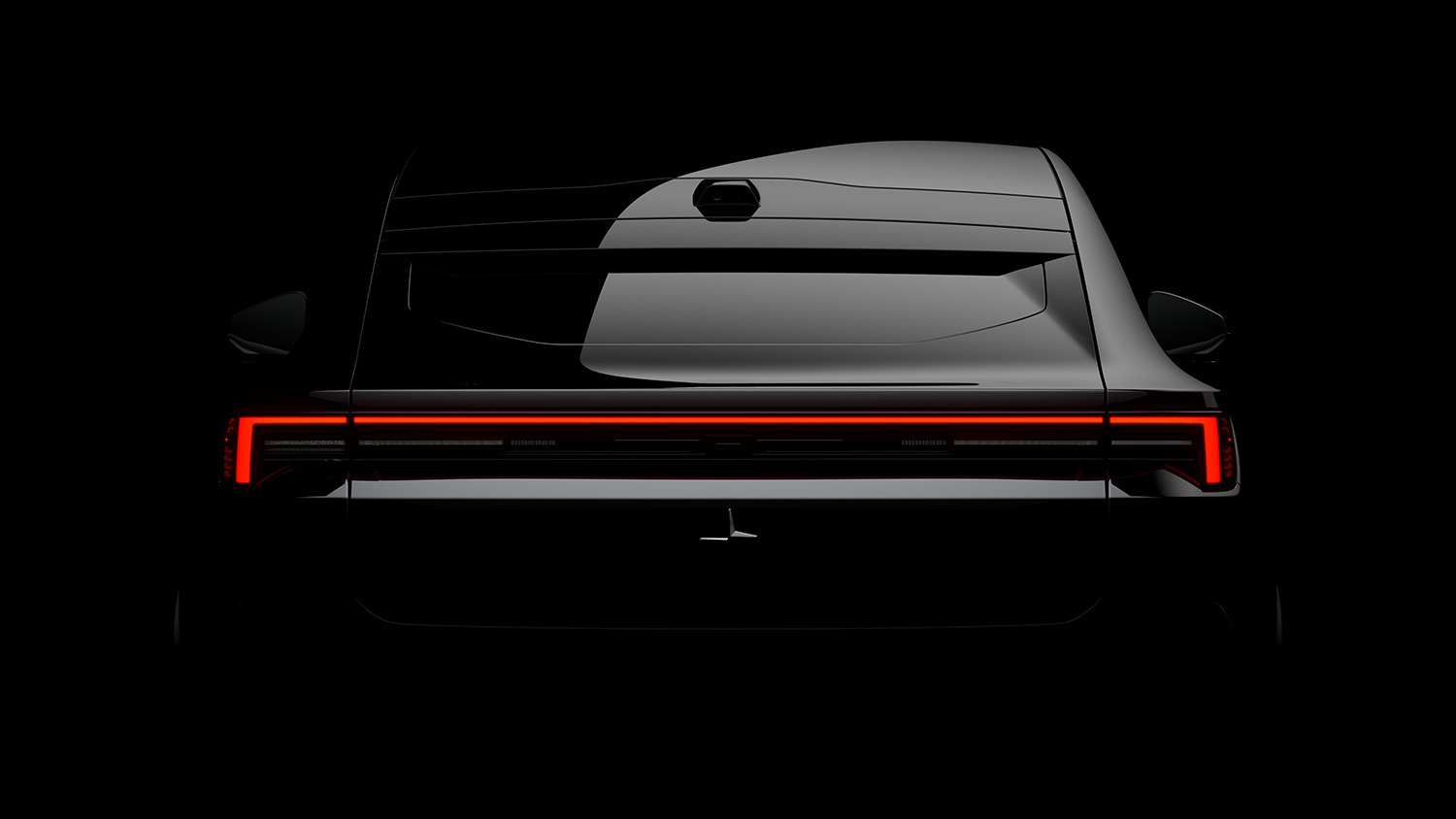
Measuring 4,839 mm long (around 15.8 ft), 2,139 mm wide (7 ft) and 1,544 mm (5 ft) high, the Polestar 4, built like its sister models on the Volvo Group’s EV-dedicated Sustainable Experience Architecture, is also expected to offer plenty of room for up to five occupants (thanks in large part to the optional glass roof stretching further back and “cocooning” rear passengers). In an only-mildly-nauseating touch, the interior design – dubbed “Soft Tech” – apparently draws inspiration from the fashion and sportswear industries for a more ‘cosseting’ feel, and has largely been made using a knit-textile using 100 per cent recycled plastics, and/or a ‘mono-material’ approach, previously seen on last year’s electric roadster concept. A new, 15.4-inch landscape-oriented touchscreen is the focal point of a very minimalist dashboard.
